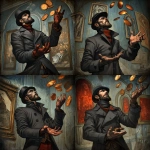Explore the Best AI Image Gallery
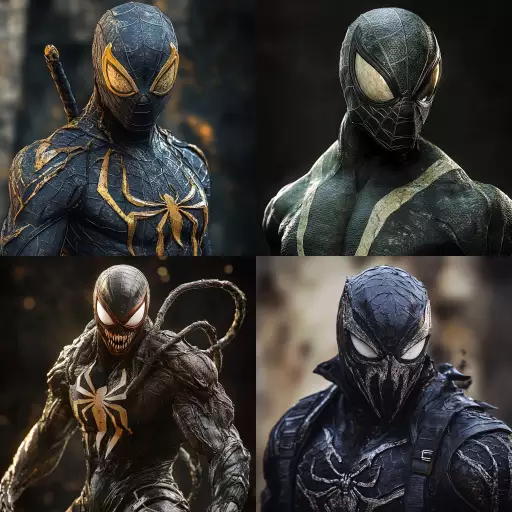
Beyond the Brush: AI Image Creation Tools and Their Impact on Creativity
The realm of artistic expression is undergoing a seismic shift with the emergence of AI image creation tools. These innovative technologies, powered by complex algorithms and vast datasets, are blurring the lines between human creativity and machine intelligence, prompting both excitement and apprehension within the creative industry.
A New Creative Playground
AI image generators offer artists, designers, and creators a unique playground to explore novel concepts and push the boundaries of imagination.
- Rapid Prototyping: AI tools enable artists to quickly generate multiple iterations of an idea, exploring different compositions, styles, and aesthetics in a matter of seconds.
- Concept Visualization: Designers can bring abstract ideas to life with tangible visuals, facilitating communication and collaboration within teams.
- Personalized Creations: Users can customize artwork by inputting specific themes, objects, or styles, resulting in truly unique and personalized pieces.
Applications Across Industries
The impact of AI image creation extends far beyond traditional art forms. Its applications are rapidly expanding across diverse industries:
- Advertising and Marketing: Generating captivating visuals for campaigns, social media content, and product mockups.
- Gaming and Entertainment: Creating immersive environments, characters, and assets for video games and virtual reality experiences.
- Education and Research: Visualizing complex data, simulating scientific phenomena, and creating interactive learning materials.
- Architecture and Design: Generating 3D models and renderings of buildings, landscapes, and product designs.
Ethical Considerations
While AI image creation tools offer immense potential, they also raise important ethical considerations:
- Copyright and Ownership: Questions arise regarding the ownership of AI-generated artwork and the rights of the creators who input prompts or data.
- Bias and Representation: AI algorithms can perpetuate existing biases present in the training data, leading to the creation of stereotypical or discriminatory imagery.
- Job Displacement: There are concerns that AI-powered tools could automate certain creative tasks, potentially impacting employment opportunities for artists and designers.
Shaping the Future of Creativity
The evolution of AI image creation is poised to significantly shape the future of creativity.
- Human-AI Collaboration: We are likely to see a rise in collaborative workflows, where artists and AI tools work together to enhance creative processes.
- New Artistic Expressions: AI will undoubtedly inspire new forms of artistic expression, pushing the boundaries of what is considered art.
- Accessibility and Democratization: AI tools can empower individuals with limited artistic skills to create their own visuals, making creativity more accessible to a wider audience.
Conclusion
AI image creation tools are revolutionizing the creative landscape, offering exciting possibilities while raising important ethical questions. As this technology continues to evolve, it is crucial for artists, designers, policymakers, and the general public to engage in thoughtful discussions to ensure that AI empowers creativity and benefits society as a whole.
](https://images.ai-img.art/thumbnails/150/1d7b3a908141474d50d90721c394db29c0cb5404d685ae70ea60430c18e905b7.webp)
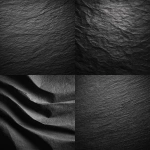

](https://images.ai-img.art/thumbnails/150/8c320ce9aefbbb5b9ec5fd4e1d0fba7388f0fff5b6c2e2f14077cad3008f291d.webp)
](https://images.ai-img.art/thumbnails/150/3c5dc62bba83cc9919c20ebfec8430d31e821cef586a2753dd85ef26d77d480a.webp)
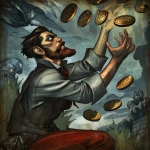
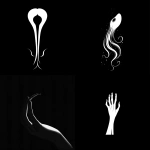
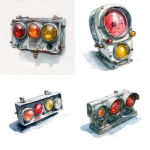

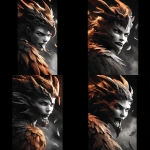
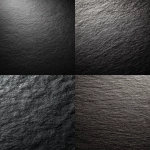
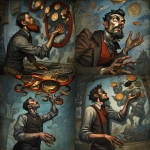
](https://images.ai-img.art/thumbnails/150/3e8c063b4357fc743a3c6e49a3145ee31b2dcecc018c38d2db8f97bf3e3fda3f.webp)




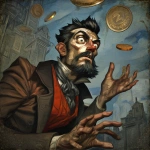
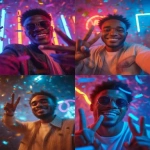

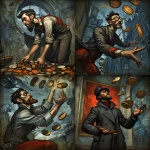

](https://images.ai-img.art/thumbnails/150/1accb5453f2335686b162f0a879c7ce73a18516a33868f214a16bdaf95beeb5a.webp)
